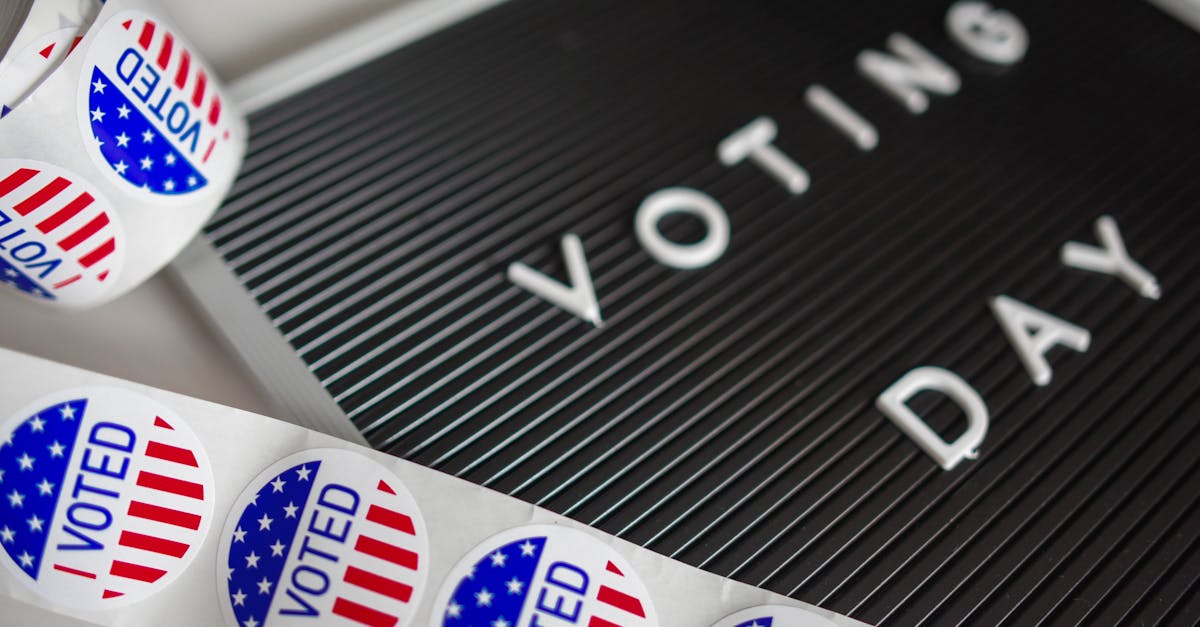The Electoral College plays a crucial role in the United States presidential elections, determining how many votes each state contributes to the overall tally. Understanding which states hold the most electoral power can provide valuable insights into political strategies and campaign focuses. Below is a detailed breakdown of the states with the most electoral votes.
| State | Electoral Votes |
|---|---|
| California | 54 |
| Texas | 40 |
| Florida | 30 |
| New York | 28 |
| Illinois | 19 |
| Pennsylvania | 19 |
| Ohio | 17 |
| Georgia | 16 |
| Michigan | 15 |
| North Carolina | 16 |
California: The Titan of Electoral Votes
With a staggering 54 electoral votes, California is the state with the highest representation in the Electoral College. This significant number is largely due to California’s large population, which stands at over 39 million residents. The state has consistently leaned Democratic in recent elections, making it a critical target for presidential candidates aiming to secure a win. The vast diversity and economic power of California further amplify its influence in national politics.

Texas: A Rising Star
Texas follows closely behind with 40 electoral votes. As the second-most populous state, Texas has seen a demographic shift that has made its political landscape more competitive. Historically a Republican stronghold, recent elections have shown signs of increasing Democratic support, making Texas a key battleground state. The economic strength of Texas, fueled by its energy sector and booming tech industry, also adds to its political significance.

Florida: The Swing State
Florida, with 30 electoral votes, is often referred to as the ultimate swing state due to its unpredictable voting patterns. The state’s diverse population, which includes a significant number of retirees and a growing Hispanic community, plays a vital role in shaping its electoral outcomes. Candidates often invest heavily in campaigning in Florida, recognizing that winning this state can be pivotal in securing a presidency.

New York: The Empire State
New York, holding 28 electoral votes, has long been a Democratic bastion. Its large urban population, particularly in New York City, contributes significantly to its electoral weight. New York’s economy is one of the largest in the world, and its cultural influence is unmatched, making it an essential player in national elections. Despite a decline in electoral votes over the years due to population shifts, New York remains a political powerhouse.

Illinois and Pennsylvania: The Midwest Giants
Both Illinois and Pennsylvania have 19 electoral votes each. Illinois, anchored by Chicago, represents a mix of urban and rural voters, contributing to its Democratic leanings in recent elections. Pennsylvania, on the other hand, has been a key battleground, with its diverse regions swinging between parties in presidential elections. The industrial history and the recent economic challenges of Pennsylvania have made it a focal point for candidates seeking to appeal to working-class voters.

Ohio: The Bellwether State
Ohio, with 17 electoral votes, has historically been seen as a bellwether state, often reflecting the national voting trends. Its diverse economy and population have made it a microcosm of American political sentiment. Winning Ohio is often considered essential for candidates looking to secure the presidency, as it has voted for the winning candidate in nearly every election since 1964.

Georgia and Michigan: Emerging Influences
Georgia and Michigan, with 16 and 15 electoral votes respectively, have become increasingly significant in recent elections. Georgia’s rapid population growth and changing demographics have turned it into a competitive state, while Michigan’s historical ties to the automotive industry and labor unions continue to influence its political landscape. Both states are now viewed as essential targets for candidates seeking to expand their electoral base.

North Carolina: The Competitive Landscape
North Carolina also boasts 16 electoral votes and has emerged as a competitive state in recent presidential elections. Its growing urban centers, particularly in the Research Triangle, are becoming more liberal, while rural areas tend to lean conservative. This division makes North Carolina a key focus for both parties as they strategize to win over diverse voter demographics.

FAQ
What is the Electoral College?
The Electoral College is a body of electors established by the United States Constitution, which formally elects the President and Vice President. Each state has a number of electors equal to its total number of senators and representatives in Congress.
How are electoral votes allocated to each state?
Electoral votes are allocated based on the population of each state, as determined by the decennial census. States with larger populations receive more electoral votes, while smaller states receive fewer.
Why do some states have more electoral votes than others?
The number of electoral votes for each state is based on its representation in Congress, which is influenced by population size. States with larger populations have more representatives in the House, thus receiving more electoral votes.
What impact do swing states have on elections?
Swing states, or battleground states, are those that do not consistently vote for one party in elections. They are crucial for candidates as they can determine the outcome of a close election, often requiring significant campaign resources and attention.
References:
1. [National Archives – Electoral College](https://www.archives.gov/electoral-college)
2. [U.S. Census Bureau – Population and Electoral Votes](https://www.census.gov)
3. [Ballotpedia – Electoral Votes by State](https://ballotpedia.org/Electoral_College)
